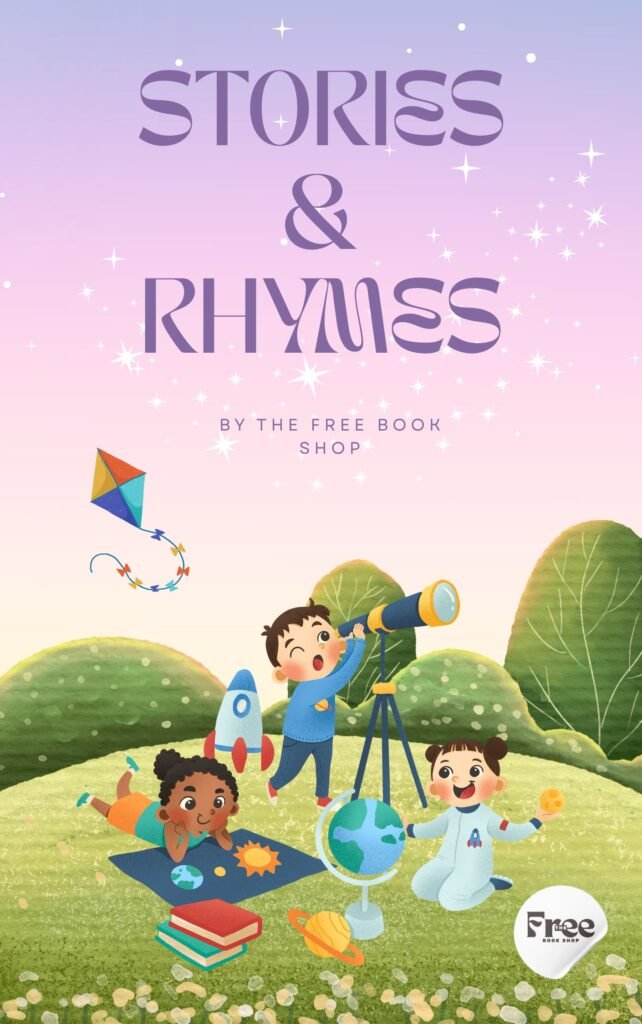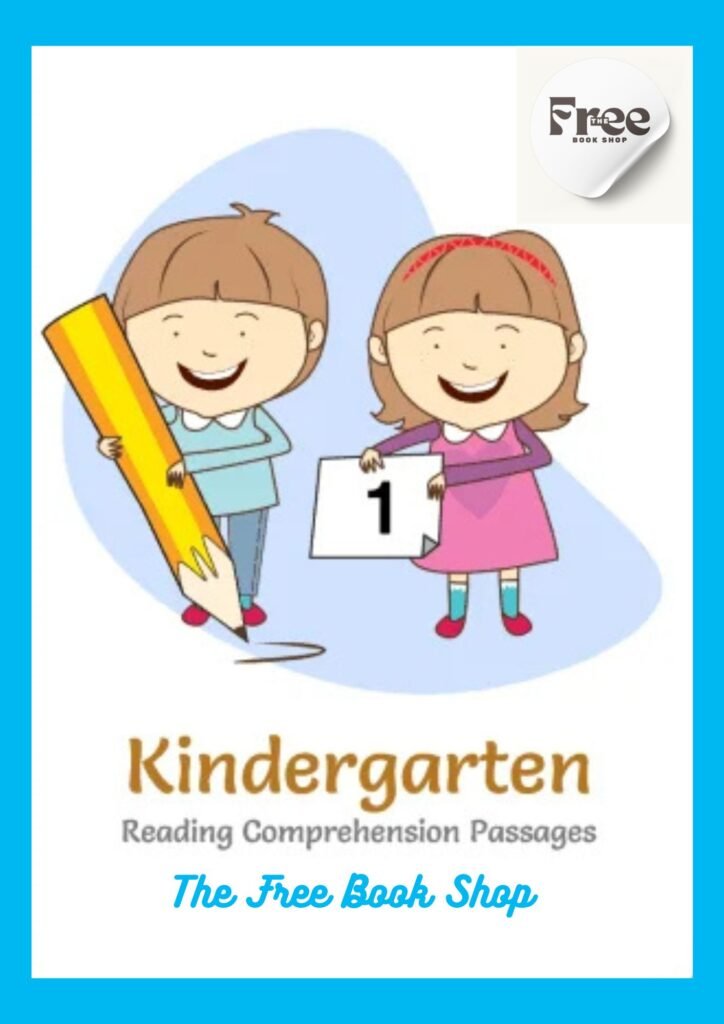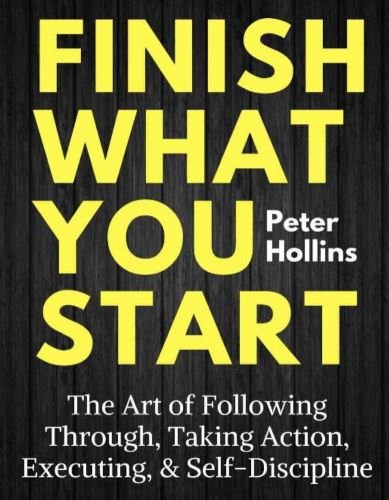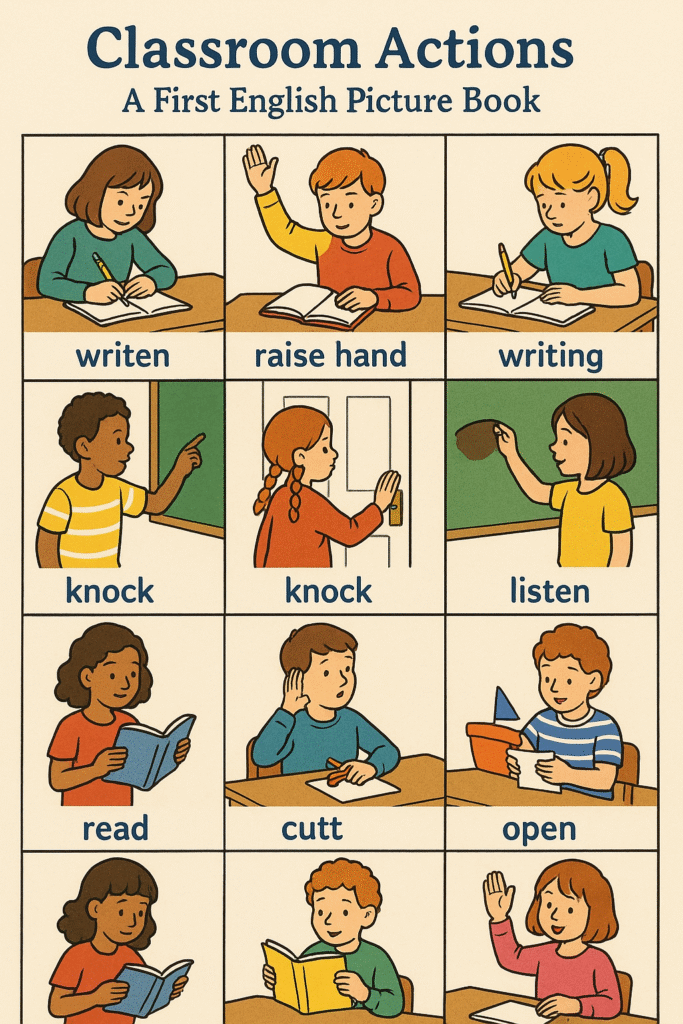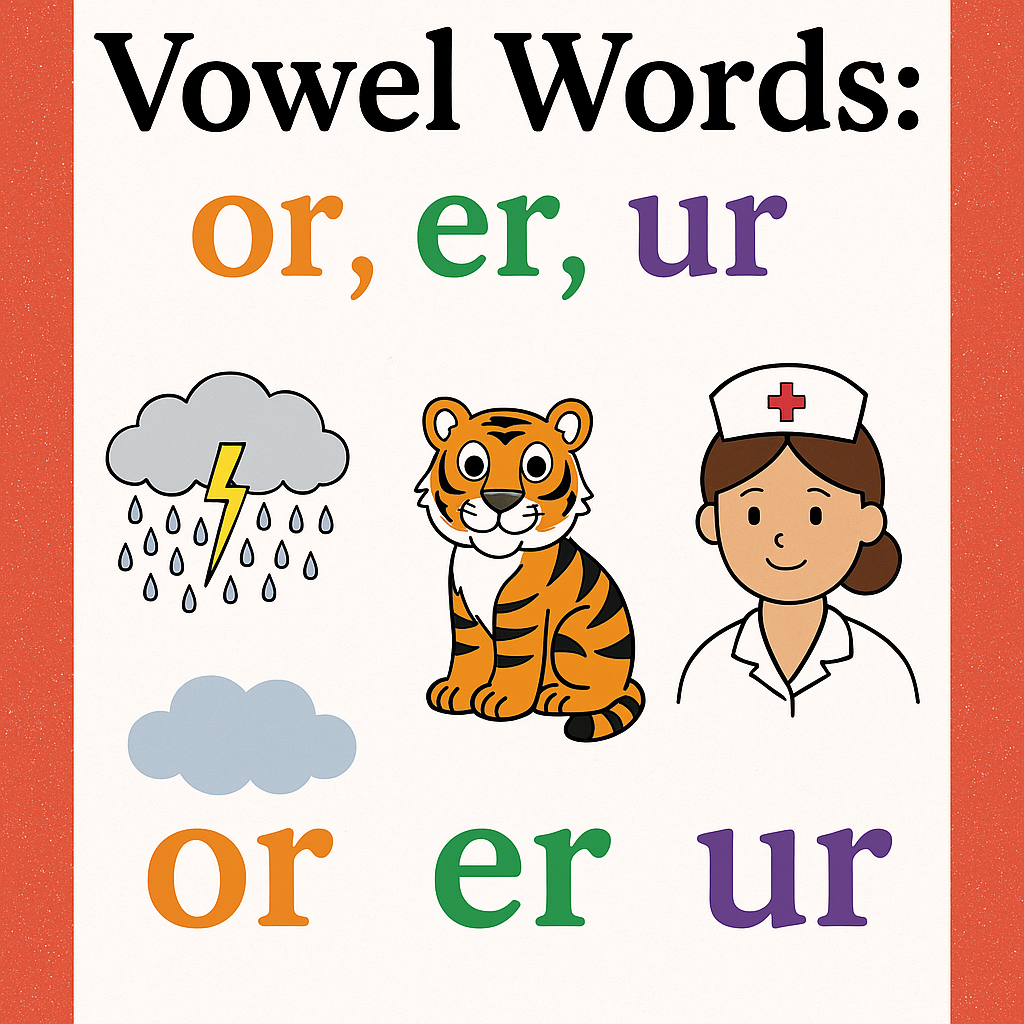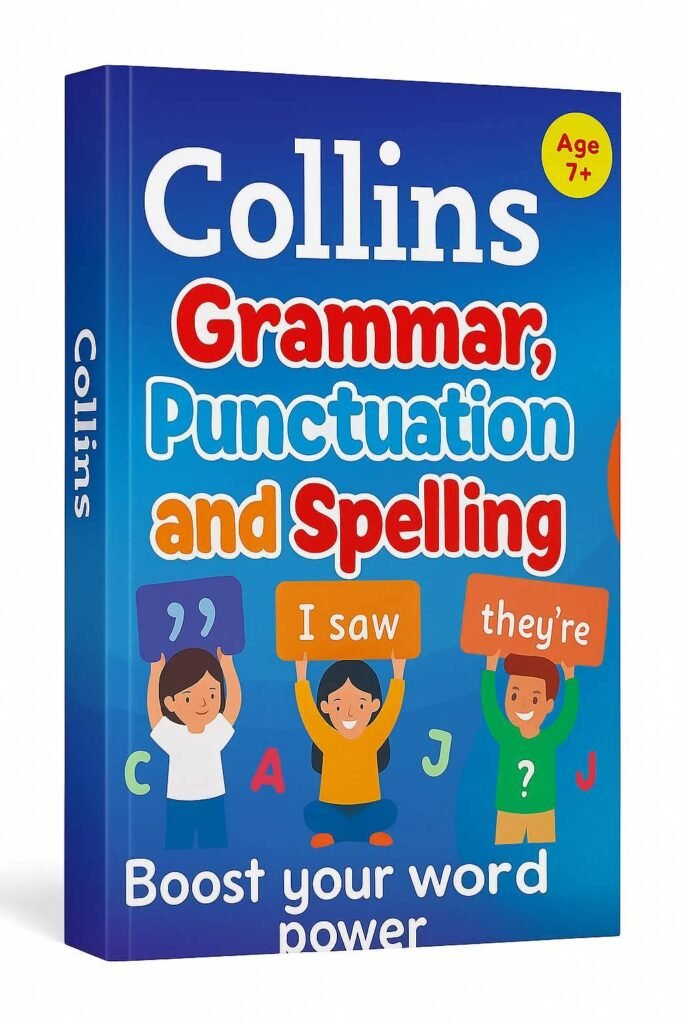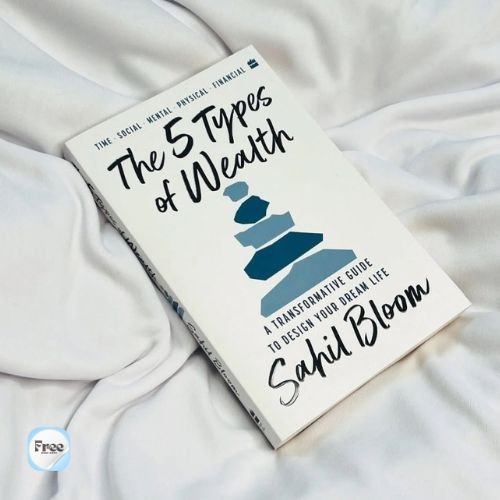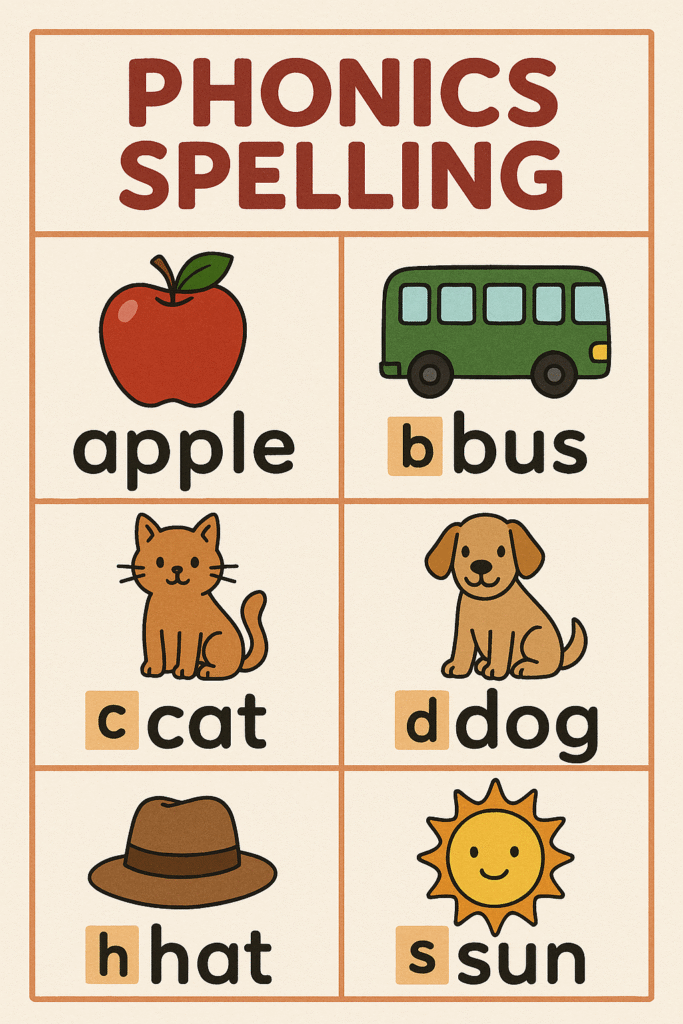Table of Contents
Sight Words and Short Poems: A Fun Way to Boost Early Literacy
Early literacy development plays a crucial role in a child’s academic journey. Among the many strategies used to build reading fluency, sight words and short poems stand out as effective and engaging tools. This article explores how combining these two elements creates a powerful approach to help young learners read with confidence and joy.
What Are Sight Words?
Sight words are commonly used words that young readers are encouraged to recognize instantly without having to sound them out. Examples include the, and, is, you, it, and said. Mastery of sight words improves reading speed, comprehension, and confidence.
The Power of Short Poems in Learning
Short poems are rhythmic, repetitive, and often use simple language—making them perfect for early readers. Poems naturally introduce patterns and rhymes, which aid in memory and word recognition.
Benefits of Using Short Poems:
-
Encourage phonemic awareness
-
Reinforce vocabulary and sight words
-
Improve listening and speaking skills
-
Foster a love of reading through rhythm and rhyme
Combining Sight Words and Short Poems
When you combine sight words and short poems, you create a reading experience that’s both educational and enjoyable. Here’s how this combination works:
-
Repetition: Poems repeat key phrases and sight words, reinforcing recognition.
-
Context Clues: Poems offer meaningful context, helping kids understand how sight words function in real sentences.
-
Engagement: The fun, musical nature of poems keeps young readers engaged and motivated.
Sample Short Poem Using Sight Words
Here’s a short poem using common sight words:
I See the Sun
I see the sun, it shines so bright,
I see the moon, it glows at night.
I see a cat, it runs so fast,
I see the dog, it walks right past.
Sight Words Used: I, see, the, it, so, at, a
Tips for Parents and Educators
-
Read Aloud Daily: Read poems aloud and point to sight words as you say them.
-
Create Word Walls: Display sight words from poems in a visible place.
-
Make It Interactive: Let children act out poems or use flashcards for matching words.
-
Write Your Own: Encourage kids to create simple poems using the sight words they’ve learned.
Conclusion
Using sight words and short poems together offers a fun, effective way to enhance early reading skills. Whether you’re a parent, teacher, or caregiver, incorporating this strategy into daily learning can make a big difference in a child’s reading journey. It’s not just about learning to read—it’s about loving to read.







